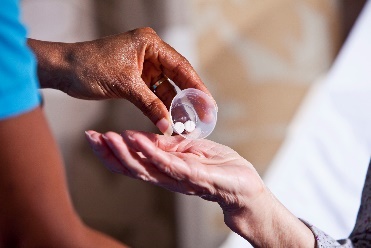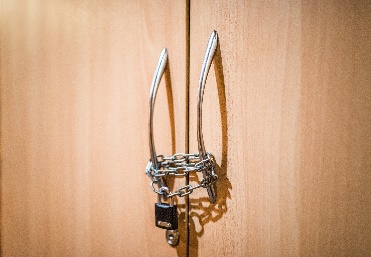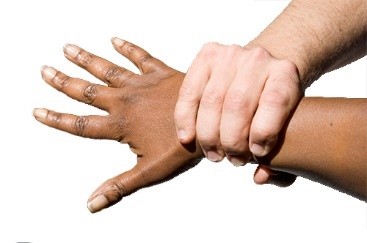Word list
This list explains what the bold words in this document mean.
|
|
Behaviour support plan A behaviour support plan is a document that explains what support a person with disability needs. It can include restrictive practices. |
|
|
Behaviour support practitioner Behaviour support practitioners work with a person to create a behaviour support plan. This plan might include restrictive practices. They follow the rules in our policy about restrictive practices. |
|
|
Bulletin A bulletin is important news we share with the community. |
|
|
Chemical restraint Chemical restraint is when someone uses medicine to change how a person acts. It doesn’t include medicine that a doctor gives someone for an illness that they have. For example, medicine they need for:
|
|
|
Environmental restraint Environmental restraint is when a person can’t:
|
|
|
External behaviour support practitioners External behaviour support practitioners are people that:
|
|
|
Mechanical restraint Mechanical restraint is when someone uses equipment that stops a person moving. It doesn’t include equipment that supports people. |
|
|
NDIS Quality and Safeguards Commission (NDIS Commission) The NDIS Commission makes sure people with disability who take part in the NDIS:
|
|
|
Physical restraint Physical restraint is when someone holds:
|
|
|
Policy A policy is a government plan for how to do things. |
|
|
Positive behaviour support Positive behaviour support is about supporting a person with disability to live a good life. |
|
|
Providers Providers support people with disability by delivering a service. |
|
|
Psychosocial disability A psychosocial disability affects a person’s mental health. |
|
|
Quality Quality is about good services that:
|
|
|
Quality Assurance Panel A Quality Assurance Panel is a group of people who check behaviour support plans. They decide if a restrictive practice can happen. They follow the rules in our policy about restrictive practices. |
|
|
Regulated When restrictive practices are regulated, it means there are rules about how people use them. |
|
|
Restrictive practices Restrictive practices are actions that stop people from:
|
|
|
Rights Rights are rules about how people must treat you:
|
|
|
Seclusion Seclusion is when a person has to stay alone in a room or a space. This includes when they:
or
|
|
|
Supported decision-making Everyone should be able to:
But some people need support to make decisions about their life. We call this supported decision‑making. |
|
|
The Information Access Group created this Easy Read bulletin using stock photography and custom images. The images may not be reused without permission. For any enquiries about the images, please visit www.informationaccessgroup.com. Quote job number 5300. |




















